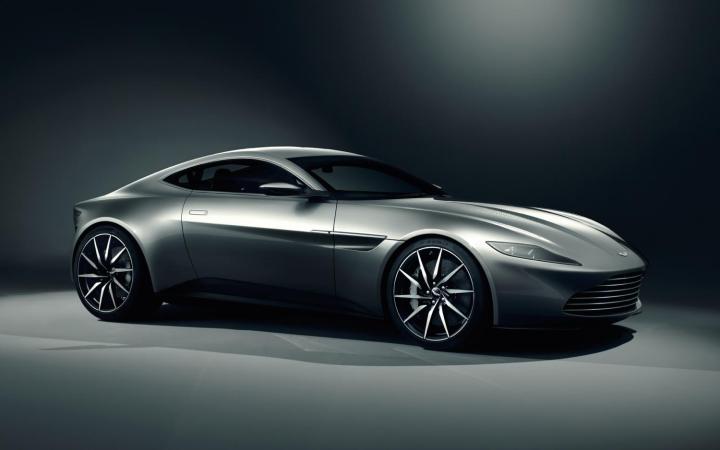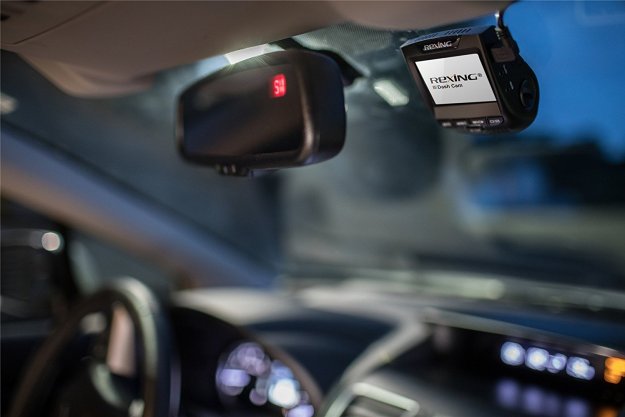
It turns out the DB10 really was created exclusively for the movie, and won’t be sold to anyone.
That’s what Aston Martin design boss Marek Reichman told Top Gear in a recent interview, so you can stop planning that drug smuggling operation now.
Aston previously said that only 10 examples of the DB10 would be made, and they’ll apparently all be used in filming.
It’s true that production companies often keep multiple copies of a car on hand to use for different jobs, as backups, or because it just plans to destroy a few of them for trailer-bait action sequences.
Reichman said the DB10 was put through the same trials as any other movie vehicle, promising it will do all of its own stunts without any CGI trickery.
Come to think of it, Aston may not have enough DB10s. This is a Bond movie, after all.
Despite looking pretty exotic, the car is apparently based on the smallest and least-expensive Aston, the V8 Vantage. Its wheelbase and track have been stretched, but the DB10 has the same 4.7-liter engine under the hood.
Reichman hinted at an extra party piece too, noting only that “we want to focus on what James Bond’s hands are doing.”
So, manual transmission in this one, then.
While it seems logical to imagine that the DB10 will preview the styling of Aston’s upcoming DB9 replacement, but that reportedly isn’t a given.
Future production models could borrow styling cues from the DB10, but that’s not inevitable. Designers were more focused on giving Daniel Craig an iconic car to rival Sean Connery’s DB5, not building an auto-show-style concept.
Still, at least a few people can actually put a DB5 in their garages. The DB10 will have to rely on screen time alone to make a similarly lasting impression.
Editors' Recommendations
- Honda Clarity Electric gets unplugged, won’t return for new model year
- Dainese Smart Jacket vest airbag breaks new ground so you won’t get broken


